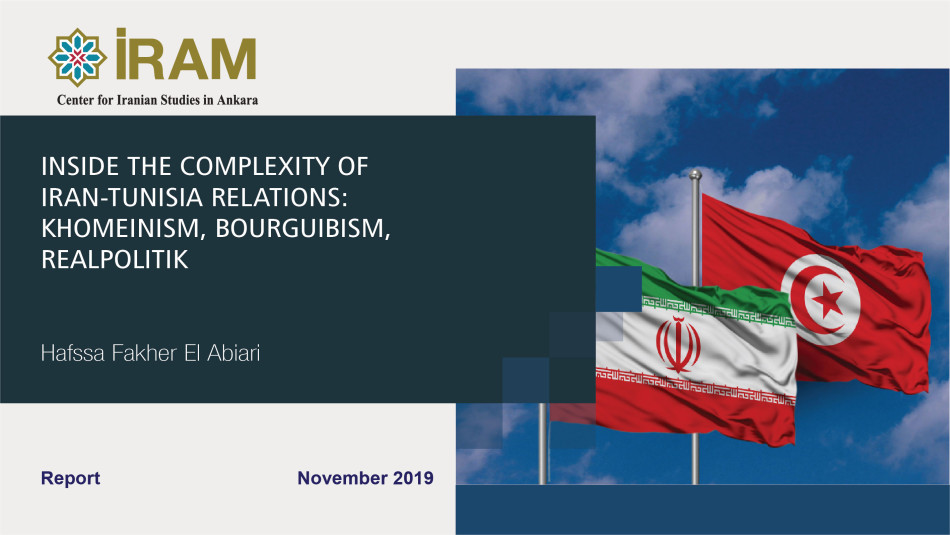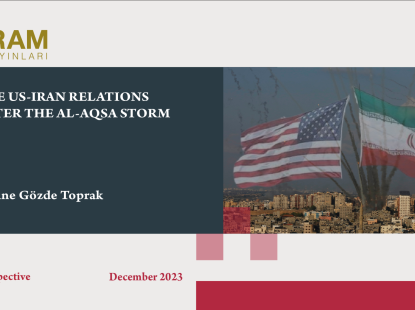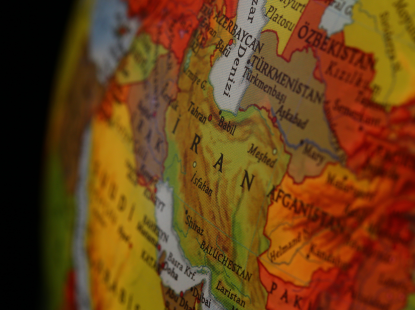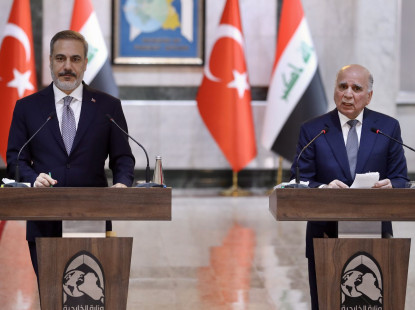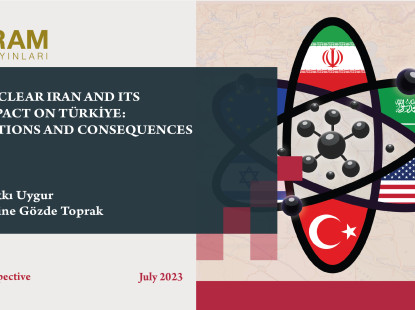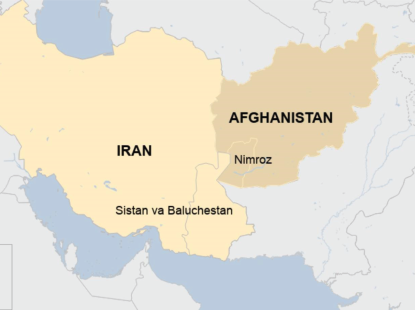Inside The Complexity Of Iran-Tunisia Relations: Khomeinism, Bourguibism, Realpolitik
Since 2011, the Tunisian experience has occupied headlines. In January 2011, Mohamed Bouazizi, a young merchant, immolated himself in protest against social injustice, subsequently, Tunisia became the pioneer of the Arab uprisings. Hundreds of people began protesting in solidarity with Bouazizi, as they too desired change. For, since Tunisia’s independence in 1956, the Tunisian people saw only two political figures, Bourguiba and Ben Ali. The events spread across the region, causing a butterfly effect and unleashing what Marc Lynch calls “the new Arab wars.”
In Iran, Supreme Leader Ayatollah Ali Khamenei advocated the overthrow of resilient autocracies. Iranian officials started paying frequent visits to Tunis. However, Iran-Tunisia relations date back to the Shah’s era. Moreover, the eruption of the Iranian Revolution in February 1979 increased the Tunisians political maturity. The youth, in particular, commenced challenging the legitimacy of Bourguiba by joining the Jema’ah al-Islamiyah, Ennahda’s predecessor. Secular Bourguiba attempted to immunize his authority by repressing Islamists from the entire spectrum. Nevertheless, this liberalized authoritarianism increased the Tunisians’ thirst for political Islam, and thus, resulted in Ennahda’s landslide victory in 2011.
- Tags:
- Iran
- Tunisia
- Iranian Revolution
- Shiism
- Trade
